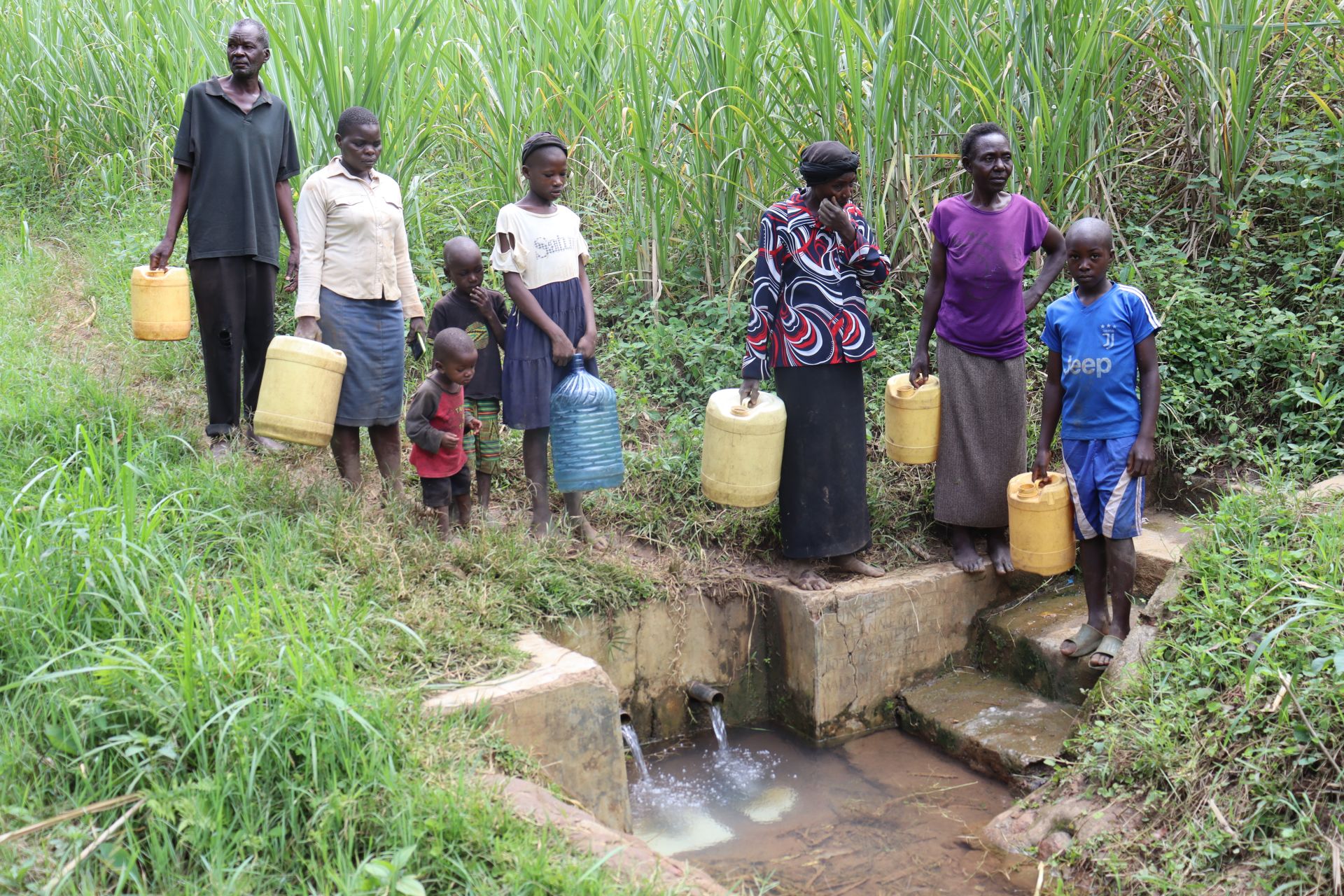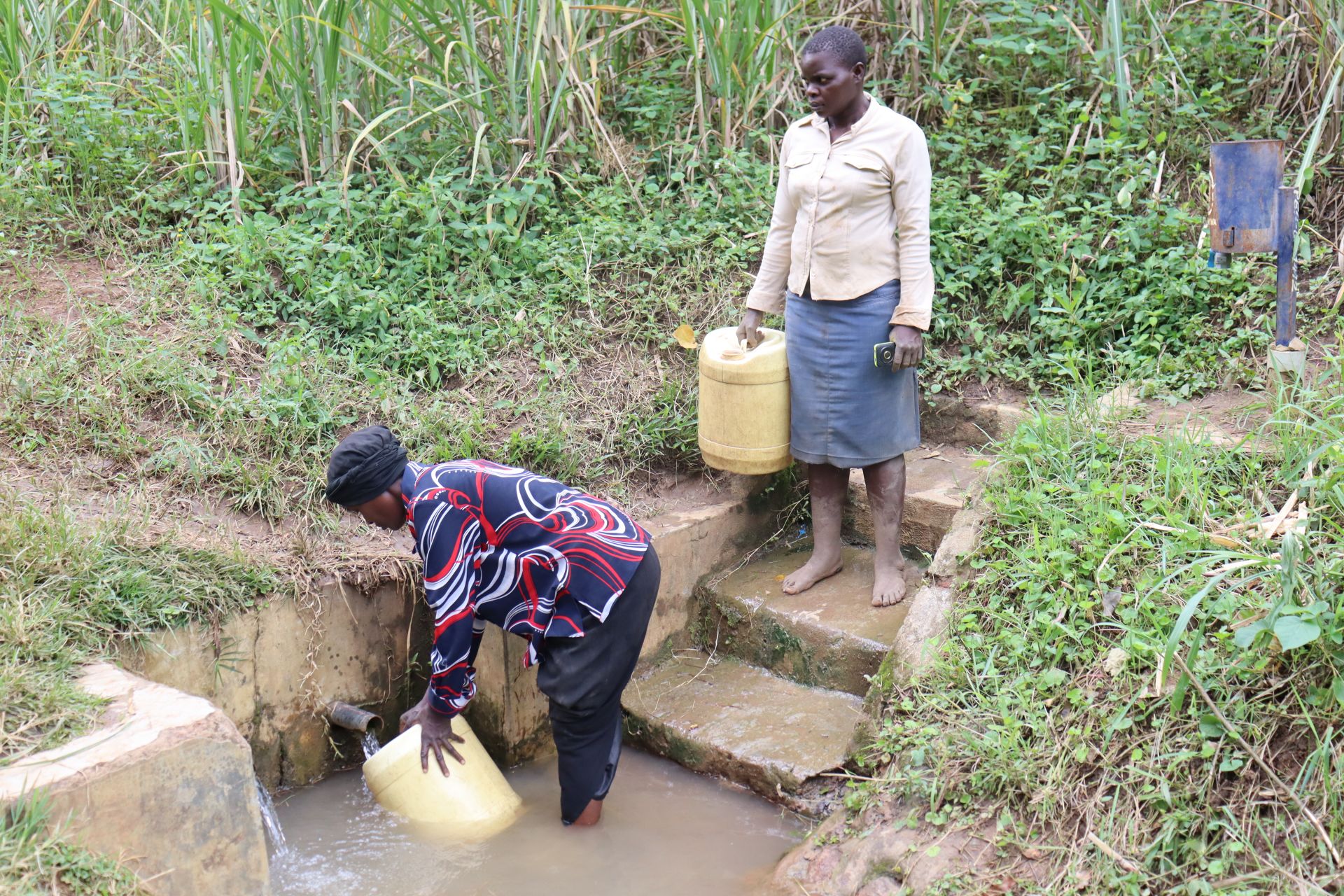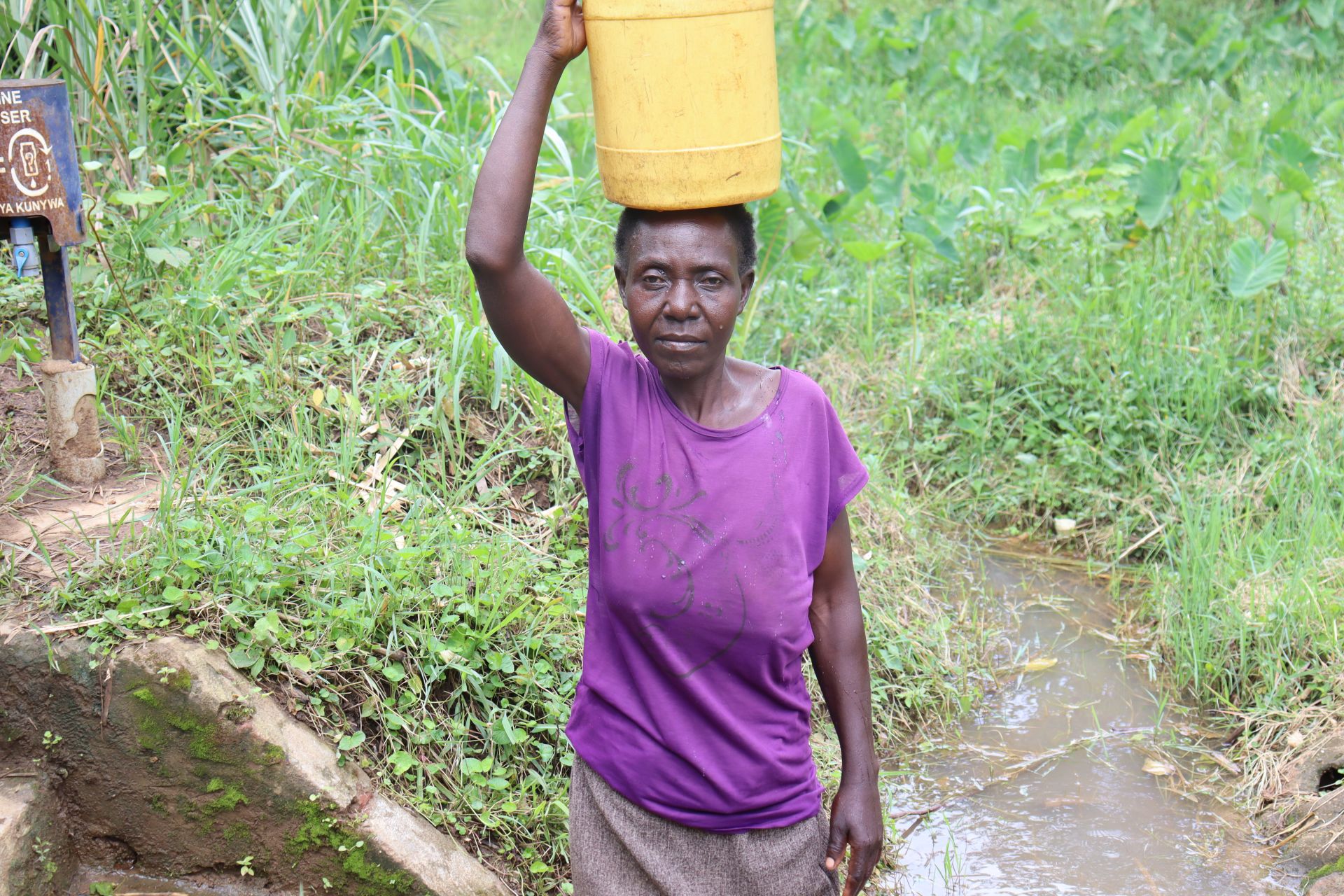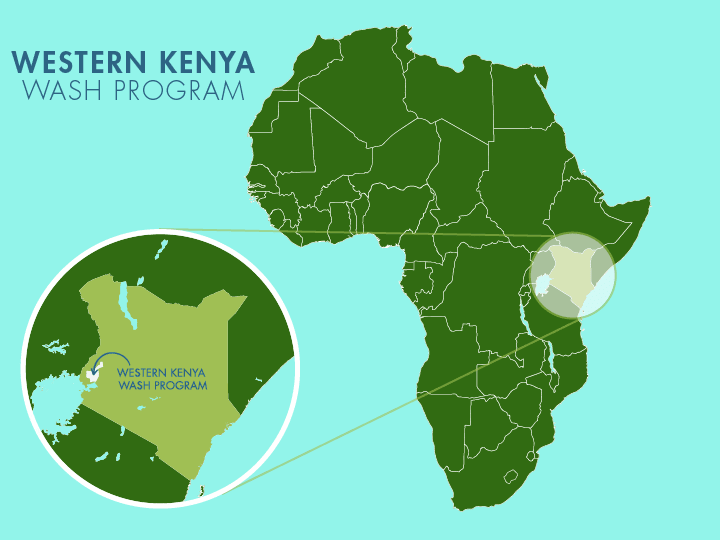The 210 community members of Mukavakava are in urgent need of safe water. Each day, they struggle not only to collect enough water but also to avoid falling ill from it. Their only source, Joash Spring, is failing. Water no longer flows reliably, collection is difficult, and cracks in the system allow contamination to seep in. Instead of sustaining life, the spring now spreads disease. Families are already reporting widespread waterborne illnesses, and without immediate repair, this crisis will only deepen.

"This waterpoint has a blocked drainage channel with a lot of water pooling in the collection area. There is more water oozing underneath the stairs, and there are major cracks on the headwall and wing walls. It is poorly maintained and in need of a major overhaul. The water is cloudy and has the smell of rotting vegetation," noted field officer Daniel Mwanzia.

"There is a danger of getting injuries on the stairs because the water oozing out of them makes the place slippery. There is too much water accumulated in the collection area, making it a breeding ground for mosquitoes, worms, and parasites," Daniel lamented.
Mary Luchebeleli, a 44-year-old mother, is sadly familiar with the consequences of consuming the contaminated water.

"My second-born son fell ill in February after drinking water from this waterpoint. He had diarrhea that contained mucus, fever, and vomiting. When I took him to the hospital, he was diagnosed with amoebic dysentery. I couldn't understand what that meant, but the doctor explained it step by step and pointed out that the bacteria that cause it are found in contaminated water. He had to be admitted for three days because he was too dehydrated to be treated and discharged," Mary lamented.
Seeing her son ill breaks Mary’s heart, but it also takes a heavy toll on her own well-being. The stress of caring for a sick child is compounded by the burden of medical expenses, draining the little she has. Each payment for treatment robs her family of resources they desperately need, pushing them closer to the edge of poverty.

"It's not only my son who has been sick in the recent past; I've been sick a few times in the past three months. I've had stomach bugs and throat infections, too. These illnesses affected my ability to work and led to the loss of a significant amount of income. When my son contracted dysentery, he was given intravenous antibiotics, and the doctor prescribed more drugs. They cost us a huge amount of money and frankly speaking, we're yet to recover from that dent on our income as a family," Mary bravely shared.
Mary said it right when she exclaimed, "Totally unacceptable, especially in the 21st century! A lot still needs to be done to ensure communities get access to safe drinking water. It's a basic human right!"
At The Water Project, we couldn't agree more, which is why we plan to protect this community spring so that Mary, her family, and other community members can collect and enjoy clean water without risking their health or futures.
Steps Toward a Solution
Our technical experts worked with the local community to identify the most effective solution to their water crisis. They decided to safeguard the existing flowing spring.
Spring Protection
Springs are natural water sources that originate from deep underground. As water travels through various layers of the earth, it undergoes a natural filtration process, making it cleaner and safer to drink. To protect these spring sources from contamination, we construct a waterproof cement structure around layers of clay, stone, and soil. This design channels the spring water through a discharge pipe, facilitating easier, faster, and cleaner water collection.
Chlorine Dispenser
As an extra measure towards water quality safety, uniquely engineered chlorine dispensers are installed at all of our spring protection projects so community members can treat their water with pre-measured doses of chlorine. The chlorine treats any possible contamination and stays active for two to three days, ensuring water stays safe to use even when stored at home. Chlorine delivery and maintenance of the dispensers are part of our ongoing community support.
Community Education & Ownership
Hygiene and sanitation training are integral to our water projects. Training is tailored to each community's specific needs and includes key topics such as proper water handling, improved hygiene practices, disease transmission prevention, and care of the new water point. Safe water and improved hygiene habits foster a healthier future for everyone in the community.
Encouraged and supported by our team's guidance, the community elects a water user committee representative of its diverse members. This committee assumes responsibility for maintaining the water point, organizing community efforts, and gathering fees to ensure its upkeep.

 Protected Spring
Protected Spring
 Rehabilitation Project
Rehabilitation Project
















